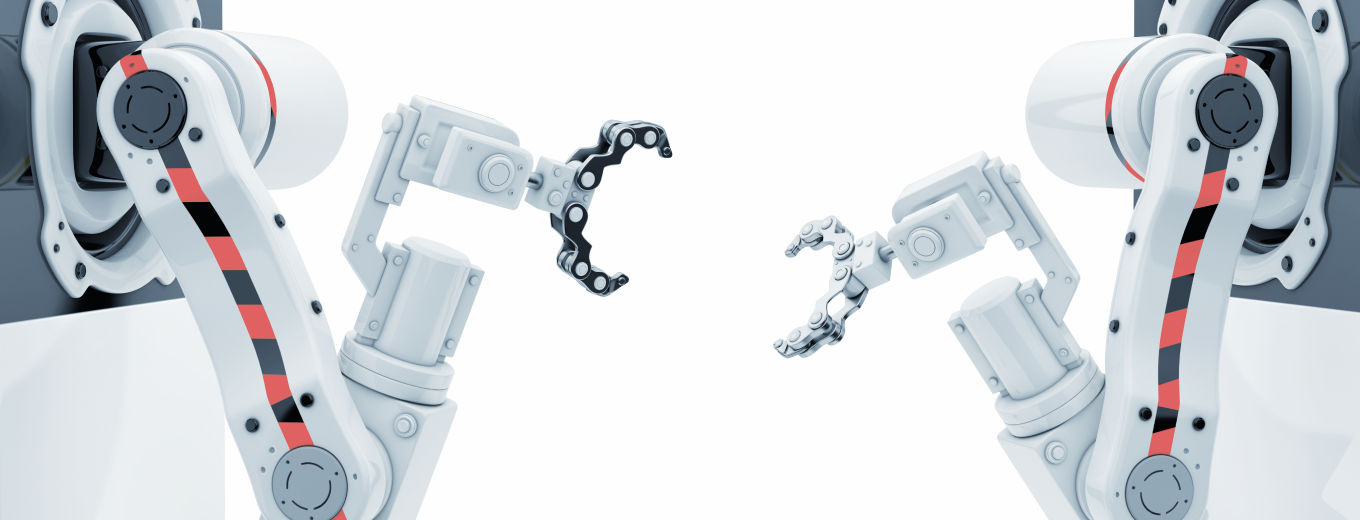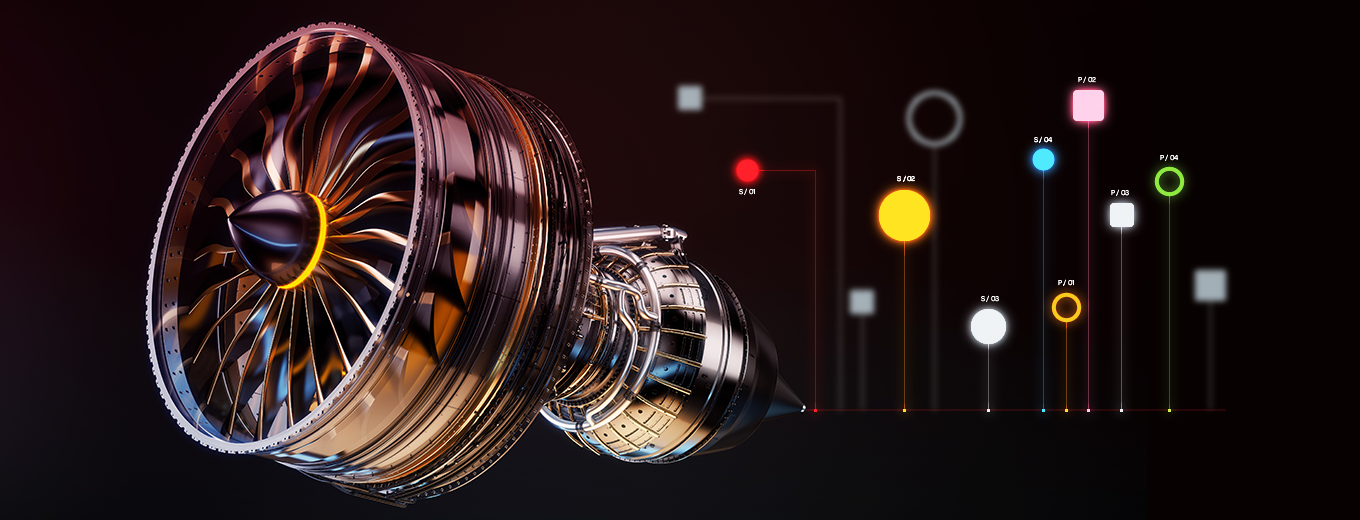In the fourth issue of #InfocusAI digest, you will learn how MIT researchers brought ML computing to end devices, what approach helped language models better cope with BIG Bench Hard tasks, as well as about a cockroach killer robot and AI projects for wildlife protection.
AI focused digest – News from the AI world
Issue 4, 13-27 October 2022
Musixmatch launches NLP-based podcast search platform
Italian Musixmatch, which is famous for its like-named platform for finding and sharing song lyrics, is now launching another platform – for podcasts. At first, the new service automatically generates podcast transcripts. Next, an NLP module tags keywords, such as places, names and topics, and links them to the corresponding Wikipedia articles. The TopicRank topic chart then ranks the podcasts based on a range of factors, such as the number of keywords mentioned in an episode or the experience of speakers. This helps users find the most relevant transcribed podcasts. They can also see the part of the transcript that contains the phrase they are looking for and play back the podcast directly from this piece. Musixmatch relies on community assistance to check transcripts and improve their quality. The new platform also features the Podcast Studio tool. It allows editors and podcast owners to fix auto-generated transcripts and use AI to create text versions of the episodes that are not yet featured on the platform. Read more here.
MIT invents approach for ML-computing on end devices
Researchers from the Massachusetts Institute of Technology have devised a technique that enables ML computing directly on end devices – smart speakers, sensors and drones – without sending data to the main server. This will allow unmanned vehicles to make decisions in real time and let users of smart speakers talk to voice assistants without delay. The technology could even permit high-speed image classification on a spacecraft traveling millions of miles away from the Earth. In this new technique, memory-intensive components of ML models are encoded with light waves on the main server. The light waves are then transmitted to the connected device via optical fiber, and the receiver does the computing with a simple optical device using the model parts delivered by these light waves. This computing approach offers a number of advantages. First, it needs 100 times less electricity compared to other techniques. And secondly, it is more secure, because there is no need to send user data to the main server. You can read more about how the technology works in the Science magazine and on the MIT News Portal.
Google and Stanford researchers help language models with BIG Bench Hard tasks
Researchers from Google and Stanford University were trying to see if Chain-of-Thought Prompting can help language models outperform humans in solving BIG Bench Hard (BBH) tasks. BIG Bench Hard tasks are the tasks that today’s language models find more challenging than an average person. The scientists applied the Chain-of-Thought Prompting approach to three families of language models — Codex, InstructGPT and PaLM — to solve 23 BBH tasks. They specifically include algorithmic and multi-step arithmetic reasoning, natural language understanding, the use of world knowledge, and multi-lingual knowledge and reasoning. Trials have shown that the PaLM model can outperform an average human in 10 out of 23 tasks, and the Codex (code-davinci-002) – in 17 out of 23 tasks. The researchers published their findings in the article titled Challenging BIG-Bench Tasks and Whether Chain-of-Thought Can Solve Them.
Computer vision-enabled cockroach killer robot presented in Edinburgh
Researchers at Heriot-Watt University in Edinburgh designed a CV-enabled robot that can detect and kill cockroaches. The device has two cameras, a tiny computer with an ML model trained to recognize and target cockroaches, and a laser to kill them. The robot’s AI can also be trained to “hunt” other types of insects. The designers claim that this method of pest control at industrial plants and in agriculture is a cheaper and more environmentally friendly alternative to insecticides. However, they do not recommend using this innovation at home due to possible dangers of the laser. The team should consider creating a home version of the robot and equip it with a slipper or, better yet, a butterfly net. Learn more on the news here.
AI helps conservationists fight poaching
While some researchers are teaching AI to fight cockroaches, others are using it to protect the wildlife. For example, they already have AI technologies to listen for illegal logging or hunting in the forest, predicts changes in fish populations depending on fishing restrictions, and track rare animals like experienced pathfinders to monitor their movement and fight poaching. Experts think this is one technology that will help conservationists win the “arms race” against poachers and smugglers, whose practices are getting more sophisticated and coordinated. Read the Business Insider for more on how AI helps preserve wildlife.













